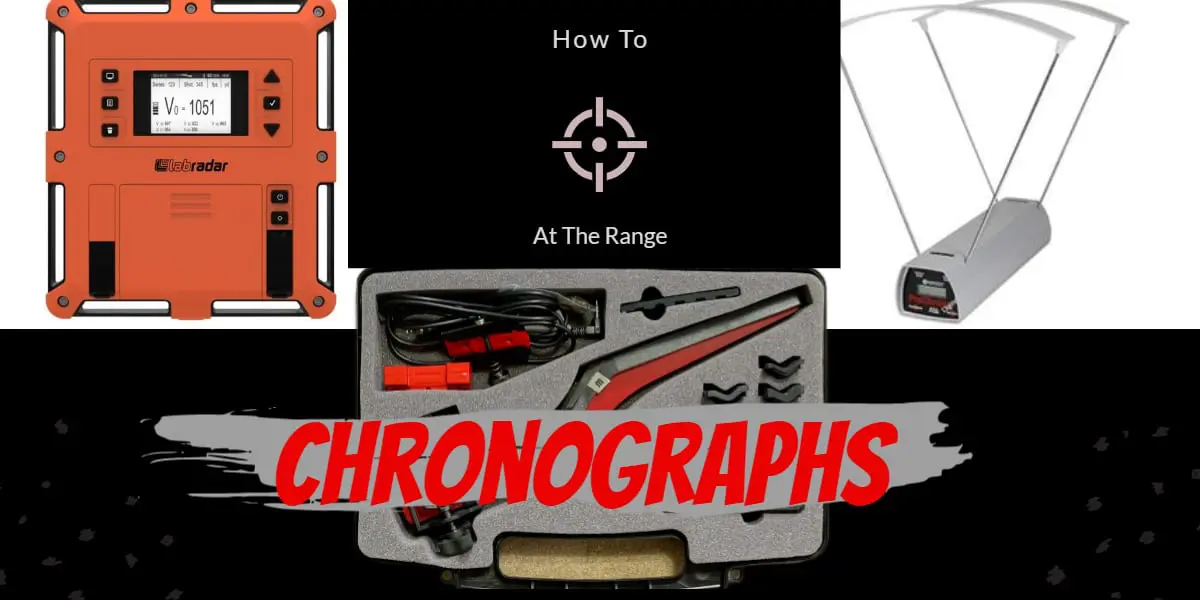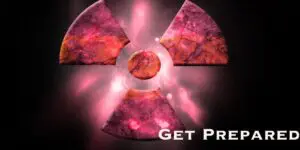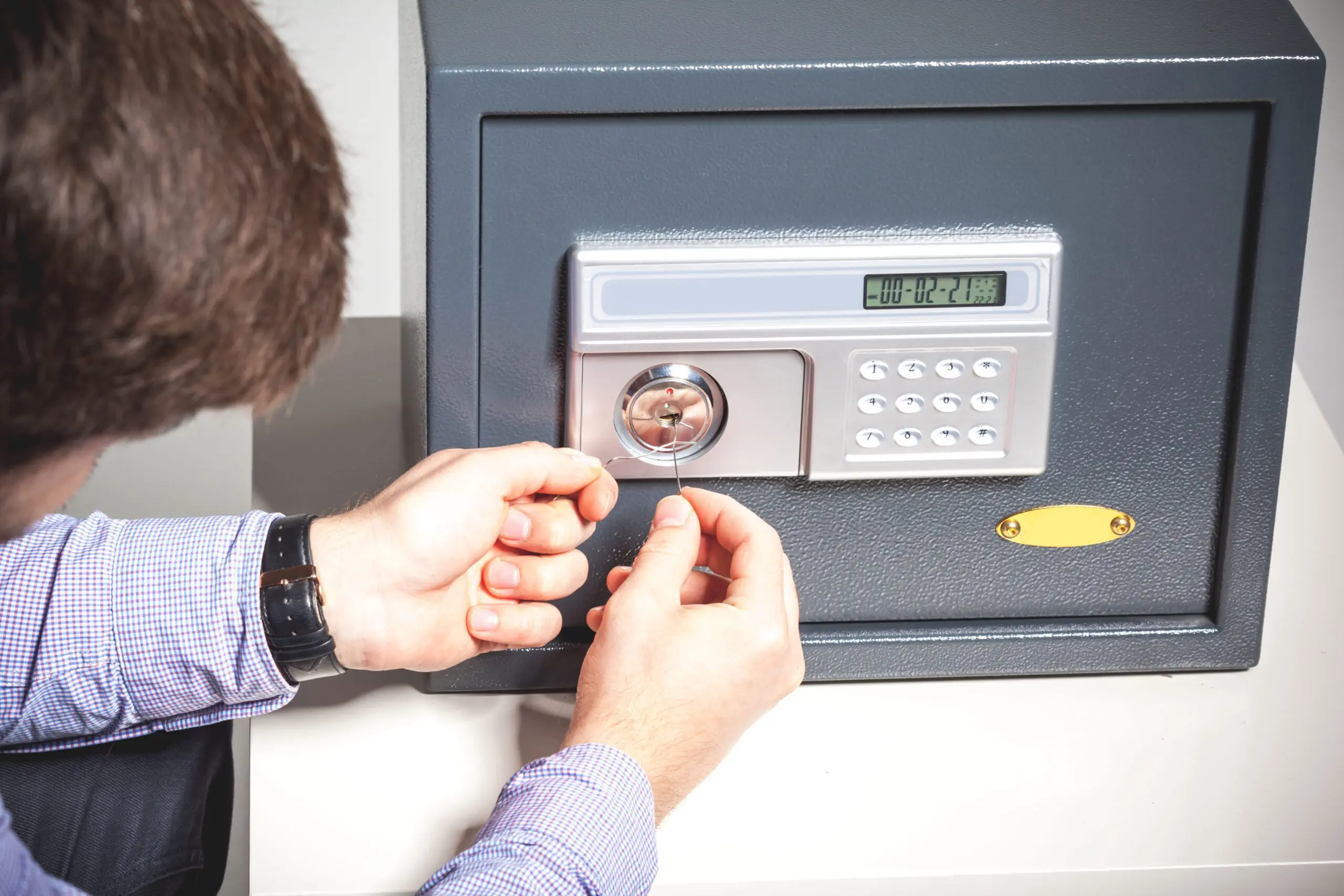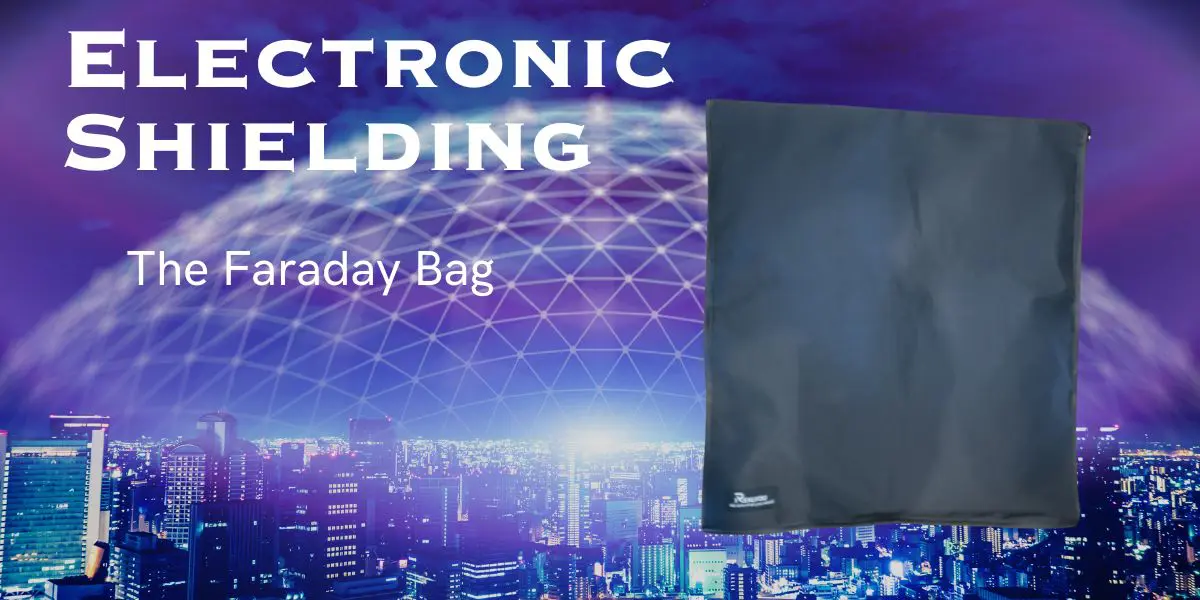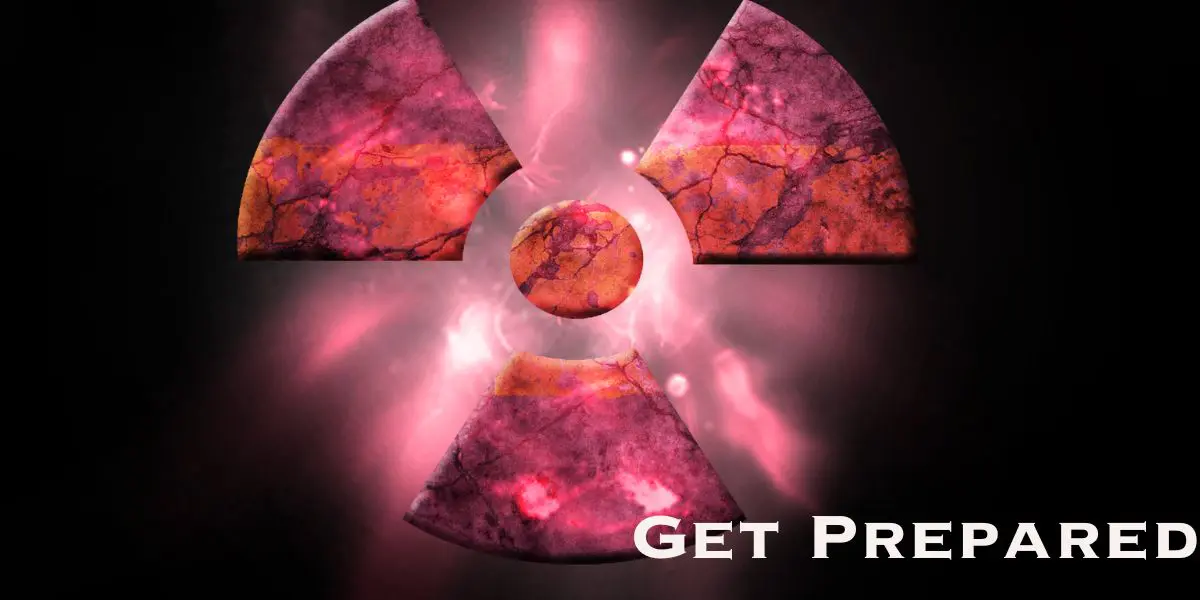A chronograph is an excellent tool for serious marksman and reloaders as well. Let’s first quickly discuss what a chronograph is and then how we can employ them to our shooting advantage. A chronograph is a piece of equipment that allows you to measure the speed of your fired bullet as it exits the firearm. Utilizing this information and the other environmental factors in play, in turn, allows you to predict the bullet flight path accurately and be precise in your shooting application.
For the reloader a chronograph is a critical tool that will assist you in fine-tuning your loads, allowing you to immediately identify deviations in velocity with load variables and adjust as appropriate. In short, it simply makes the reloader’s task more accurate and much simpler.
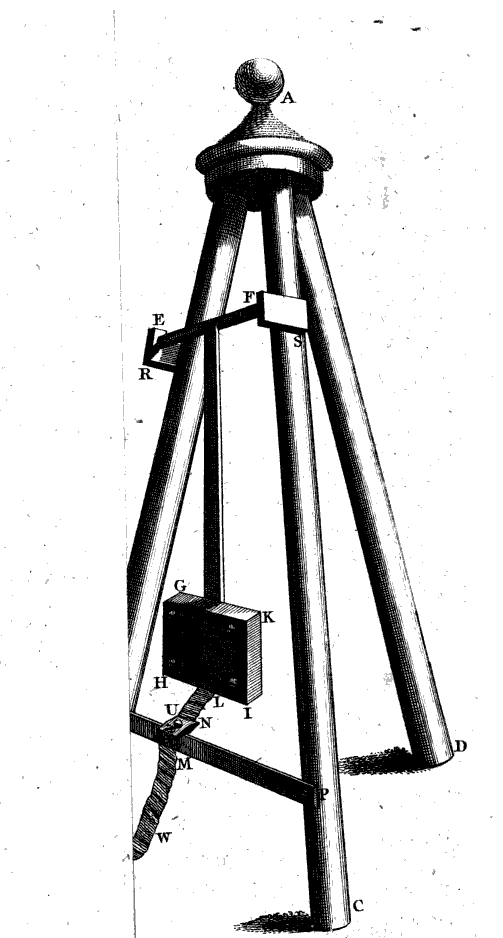
The chronograph concept and desired information are not new to the world of shooting, though technological advances continue to help us more accurately obtain proper measurements. One of the first noted albeit archaic chronographs was a cannonball hung or plate from a line and dated back to the 1700s. The firer would shoot the cannonball and then utilizing calculations that involved the resulting swing, projectile mass, and ingenious mathematics the velocity could be determined (Adams 2016).
Fortunately, we’ve come a long way since then and have some more advanced equipment readily available for our use. There are three primary styles of chronographs that shooter’s are using today. Below I’ll briefly discuss each.
Optical, Magnetic, and Doppler

The optical chronograph employs optical sensors to get the measurement. Who would have guessed? The bullet passes over multiple optical sensors and then by calculating the time between them the sensor disruptions the speed of the projectile is obtained. These can work well but can also, unfortunately, suffer issues due to environmental factors such as ambient lighting (Adams 2016).

The magnetic style chronograph utilizes a magnetic field to provide your speed measurements. By utilizing a magnetic field rather than an optical field, you overcome most of the environmental challenges that can pose issues for the optical chronograph. Additionally, unlike the optical chrono, the magnetic does not have to be forward of the shooter which for obvious reasons makes it an easier to employ platform. A notable drawback on the magnetic chronograph is that is will change your point of impact, so you should not zero with it in use or on the weapon (Adams 2016).
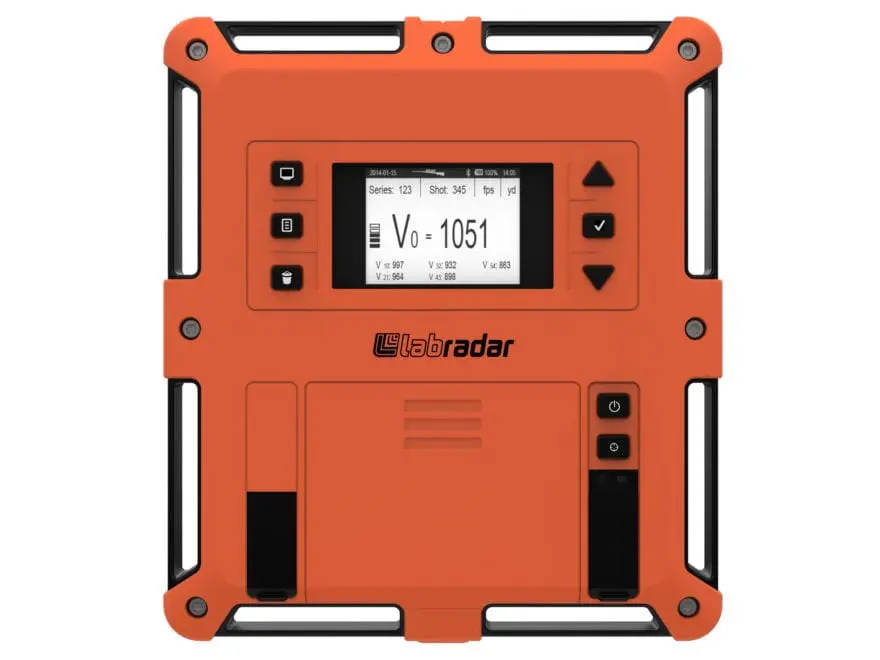
Finally, we have the Doppler chronograph. This system utilizes sound to determine the speed of your projectile. I suspect that as the technology continues to evolve and the prices continue to decline this will be the preferred method. Unlike the others the doppler does not have to sit forward or attach to the weapon which negates the issue of accidentally shooting it, waiting to go down range, or taking the time to swap from one weapon to the other. You can sit it out beside you, grab the weapon you want to use and fire away. Additionally, while the other styles provide you a single measurement, the doppler can provide a continuous measurement out to 100 yards or so. While I haven’t taken the time to figure it out, I’m fairly confident that you can utilize that data to graph a continual speed decline indefinitely.
Regardless of what style you choose a chronograph is a great investment for the serious shooter and reloader alike and with a little patience and effort, all of them can give you the valuable information you need to help up your game!

